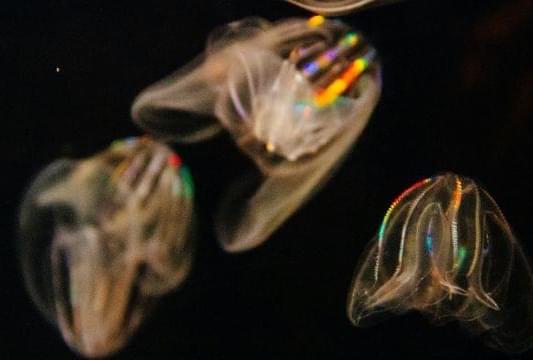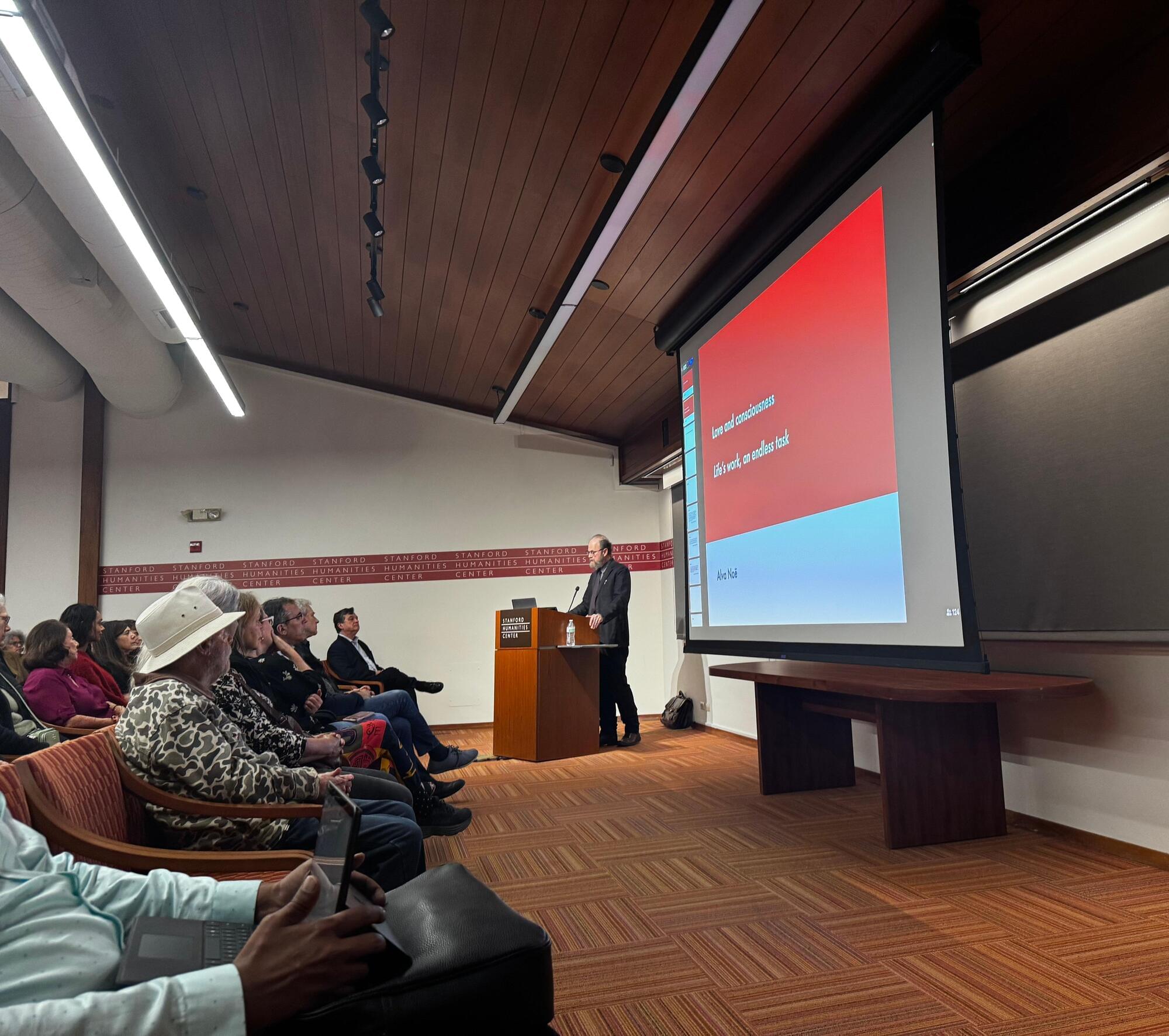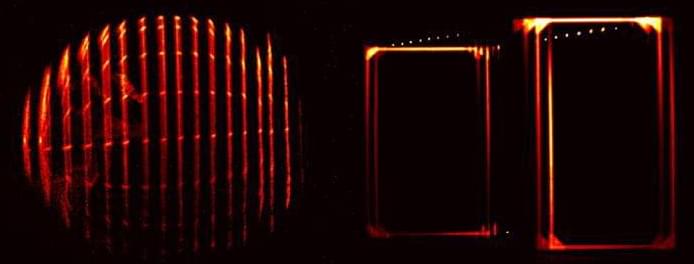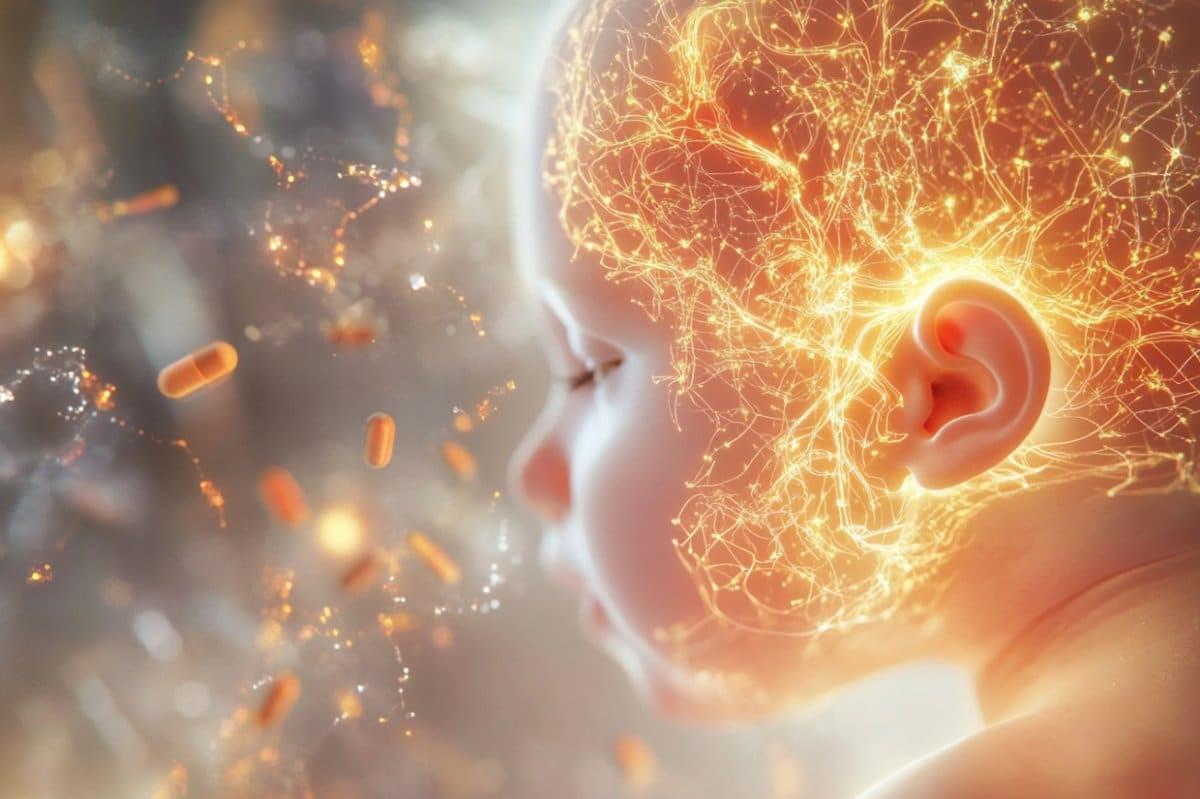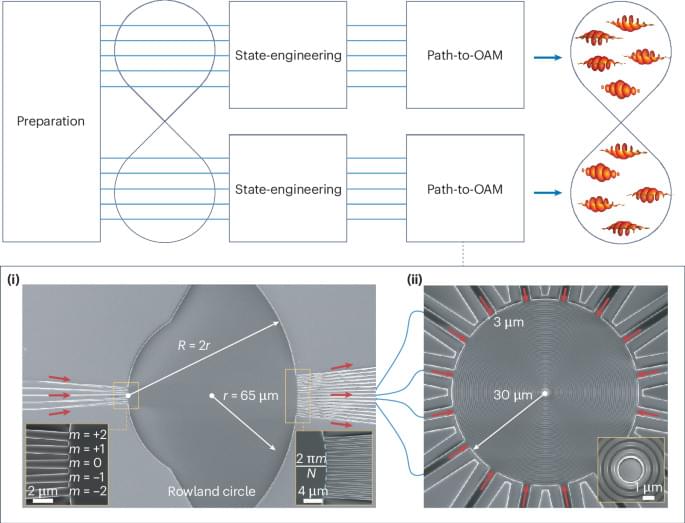Today we’re releasing early access to Gemini 2.5 Pro Preview (I/O edition), an updated version of 2.5 Pro that has significantly improved capabilities for coding, especially building compelling interactive web apps. We were going to release this update at Google I/O in a couple weeks, but based on the overwhelming enthusiasm for this model, we wanted to get it in your hands sooner so people can start building.
This builds on the overwhelmingly positive feedback to Gemini 2.5 Pro’s coding and multimodal reasoning capabilities. Beyond UI-focused development, these improvements extend to other coding tasks such as code transformation, code editing and developing complex agentic workflows.


